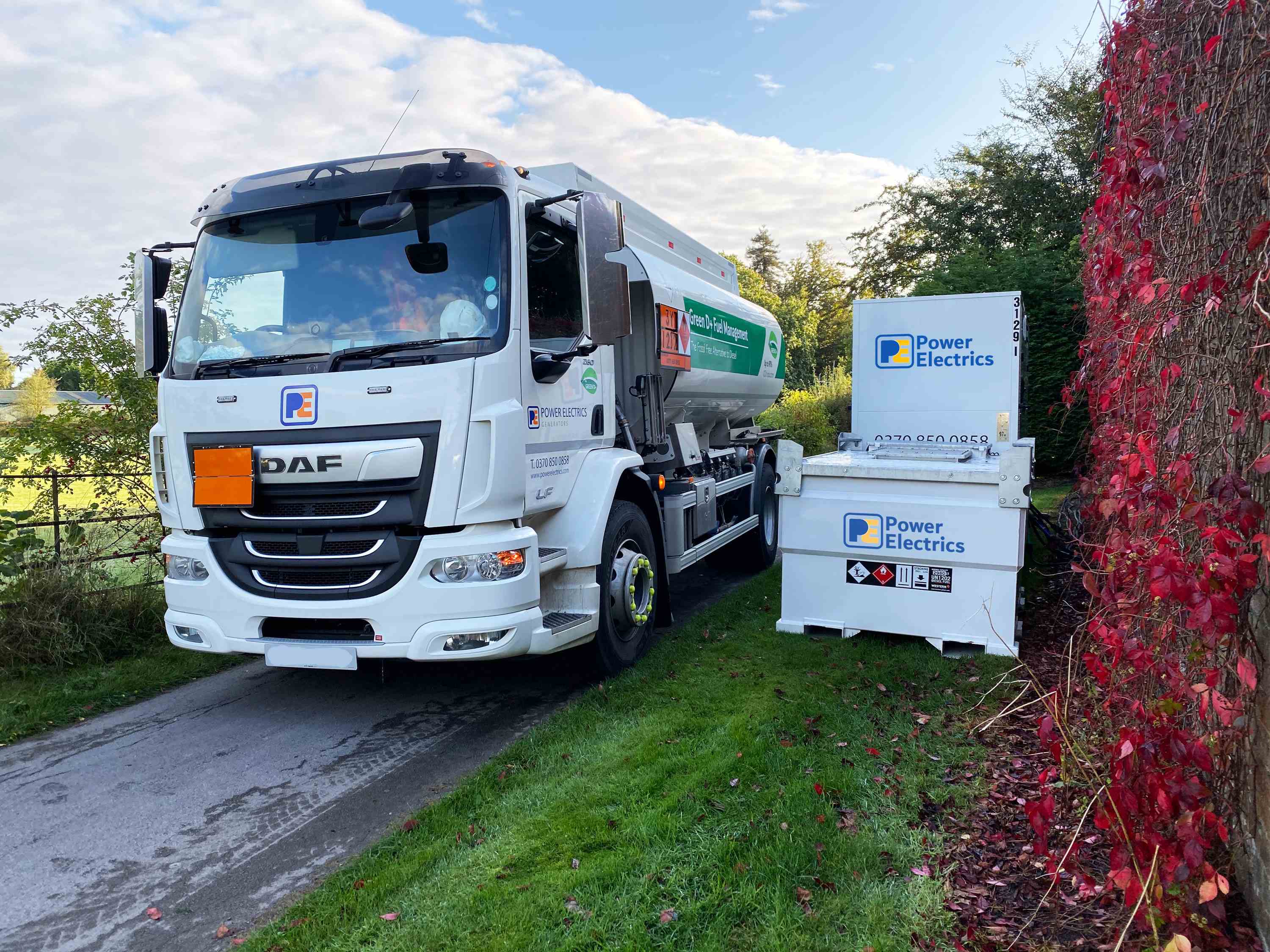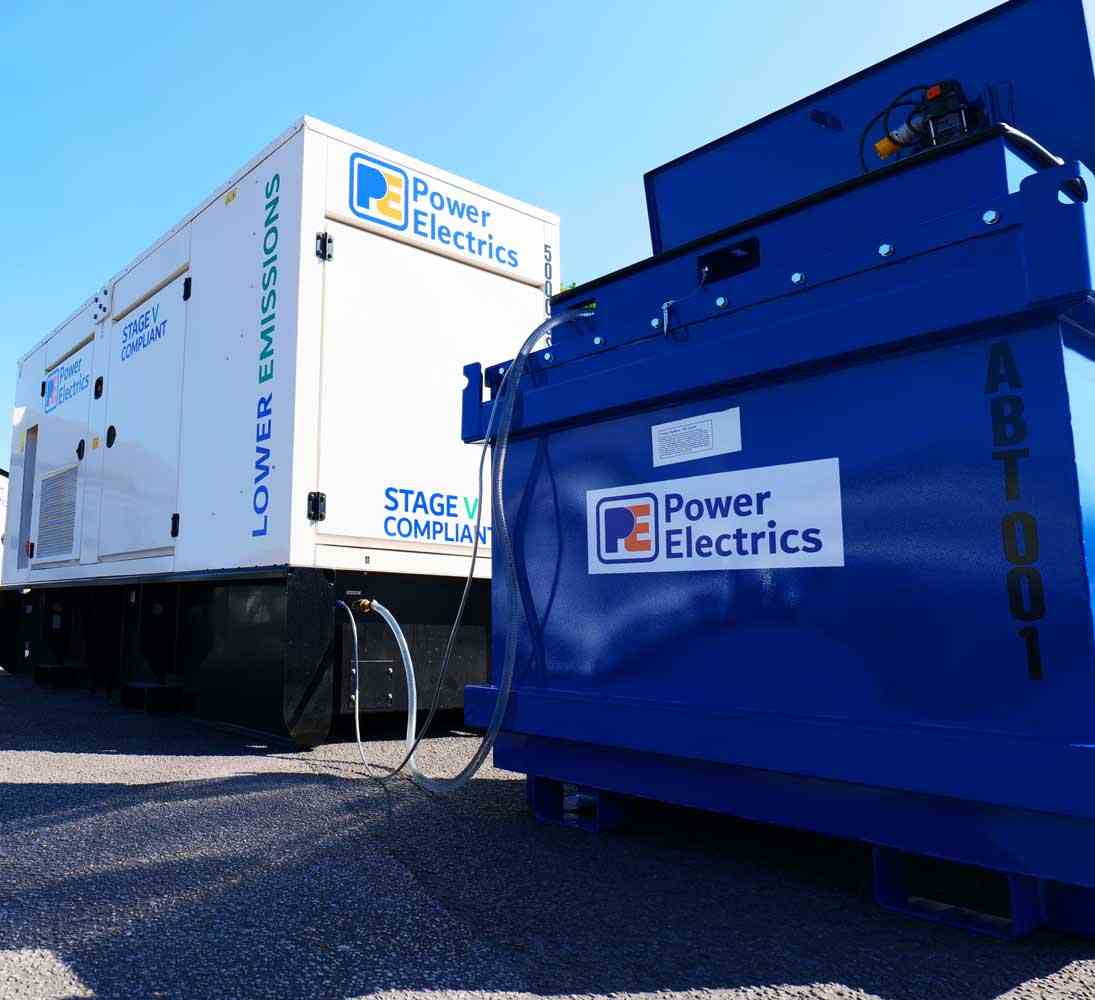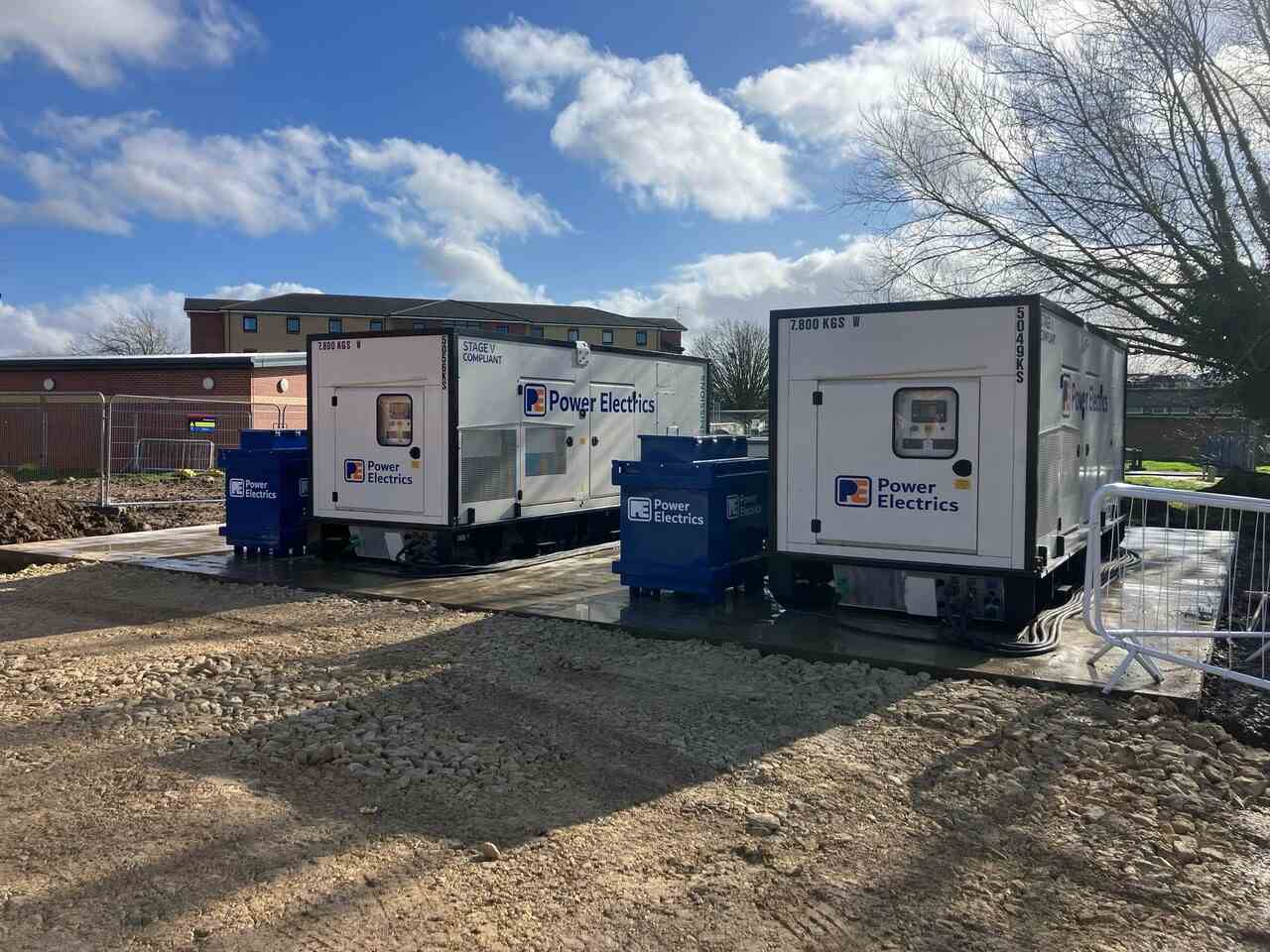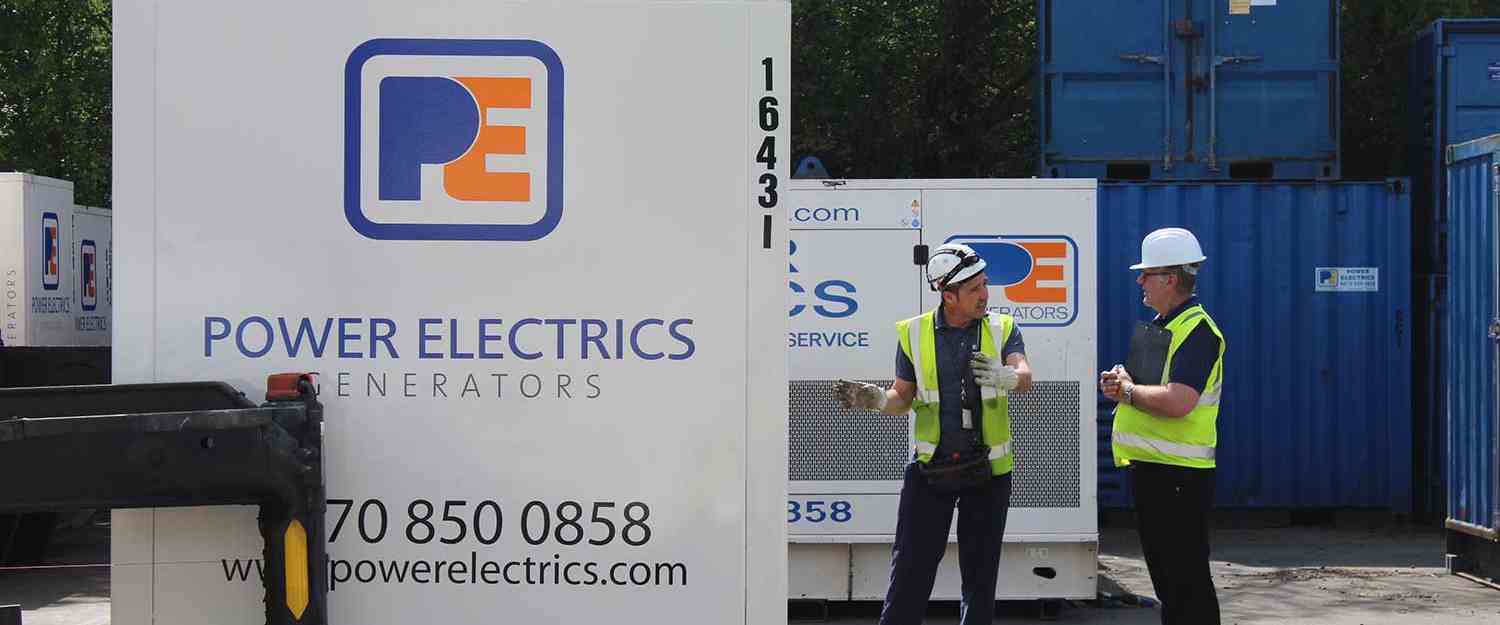MCPD Legislation and the Benefits of Stage V Generators
On November 25 2015, the European Parliament signed a new directive - the Medium Combustion Plant Directive - that regulates emission limits from medium combustion plants. This signing, at the time, signalled that over the following two decades, the MCPD would begin to impact the way that the UK generates power.
Now, more than one decade (and one Brexit) later, it's worth examining just how that legislation is affecting the needs of organisations in the UK that rely on temporary power.
In the UK, the Medium Combustion Plant Directive (MCPD) sets air quality standards, existing to reduce harmful air pollutants - nitrogen oxides (NOx), carbon monoxide (CO), and particulate matter (PM) from combustion plants in the 1 MW to 50 MW thermal input range. For diesel generators, this roughly translates as 400 kVA and above, and with tightening legislation, it’s essential that businesses ensure they remain compliant to avoid hefty fines and loss of reputation.
Failure to comply could even lead to suspension of operation, and as of January 2025, larger plants must also meet these requirements.
So, let’s try and demystify this legislation and help you understand everything you need to know. Starting with...
What is the Medium Combustion Plant Directive (MCPD)?
The Medium Combustion Plant Directive (MCPD) is an EU-derived regulatory framework that controls emissions from medium-sized combustion plants to protect air quality and public health. It applies to plants with a rated thermal input between 1 MW and 50 MW and targets key pollutants and emissions. The key points to consider:
- In terms of scope, MCPD covers both stationary and certain mobile combustion plants whose thermal input falls within 1–50 MW. It generally excludes small domestic appliances and large power stations above 50 MW.
- Operators must register or obtain permits (depending on national transposition), monitor and report emissions, comply with emission limit values (ELVs) for SO2, NOx and PM, and maintain records and maintenance regimes.
- Meeting ELVs can require cleaner engines, fuel switching (e.g., low-sulphur or HVO fuels), abatement technologies (e.g., selective catalytic reduction or particulate filters), and ongoing emissions monitoring.
- The purpose of the legislation is to reduce atmospheric pollution from medium combustion sources to improve local and regional air quality and protect public health.
- Although originating in EU law, the MCPD’s requirements have been implemented through UK national regulations and guidance; operators should check current domestic rules, permit thresholds and reporting procedures.

Why MCPD Matters for Temporary Power
Even though the MCPD originally targeted larger stationary combustion plants, by now, its principles and national implementations affect most site power decisions.
Contractors, principal contractors, and site managers must consider emission limits and permit requirements when selecting temporary power to avoid regulatory risk, site shutdowns, or costly retrofits.
Under the MCPD, the MWth threshold is not per generator – it is based on the combined total thermal output of all generators if they are on the same site, under the same operator, or discharging through a common stack.
This means that for longer temporary installations, the site total could push operators into the MCPD range even if the individual generators themselves are below the 400kVA trigger point.
For longer projects requiring temporary power, this means that UK businesses need to consider solutions that naturally produce lower emissions, such as Stage V generators.

How Stage V Generators Support Compliance
Stage V is the latest NRMM (Non-Road Mobile Machinery) emissions standard for diesel engines. Stage V generators deliver substantially lower emissions of NOx and particulate matter – the very pollutants MCPD targets – making them an effective choice to help sites meet regulatory and permit expectations.
Benefits of Stage V Generators:
Lower NOx and PM emissions
Stage V generators are engineered to reduce the specific pollutants regulated under MCPD and national air quality rules.
Reduced need for additional abatement
Cleaner generators can minimise or remove the requirement for costly after-treatment or exhaust abatement systems.
Improved site air quality
Lower local emissions protect workers and neighbouring communities and reduce health-risk exposure.
Future-proofing projects
Using Stage V supports compliance with tightening environmental standards and corporate sustainability goals.

Operational reliability
Modern Stage V units offer the same durability and uptime as conventional generators while delivering emissions benefits.
Practical steps for sites and project teams:
- Audit your power needs. Confirm generator thermal inputs and whether MCPD-style regulation or permitting may apply.
- Choose low-emission equipment. Specify Stage V generator sets or hybrid/battery energy storage solutions to reduce emissions and runtime.
- Use cleaner fuels. Where appropriate, use HVO or other low-carbon fuels to lower lifecycle emissions.
- Plan for monitoring and record-keeping. Ensure you have processes and equipment in place to capture emissions data if required.
- Work with experts. Partner with supplier specialists who understand regulatory requirements and can provide compliant, turnkey power solutions.

How Power Electrics Can Help
Power Electrics supplies modern Stage V generators, hybrid power solutions and expert site consultancy to help you meet MCPD-related obligations and achieve better air-quality outcomes. We provide site assessments, compliant equipment specification, mobilisation, ongoing maintenance and emissions reporting support, ensuring that your project stays powered and compliant without compromise.
If your project requires low-emission temporary power, contact Power Electrics for an assessment and tailored proposal. We’ll recommend the right Stage V and hybrid configurations to meet regulatory needs, protect site air quality and support your sustainability targets.
Click on the button below and we will begin the process of understanding your needs, requirements, and how we can help.

